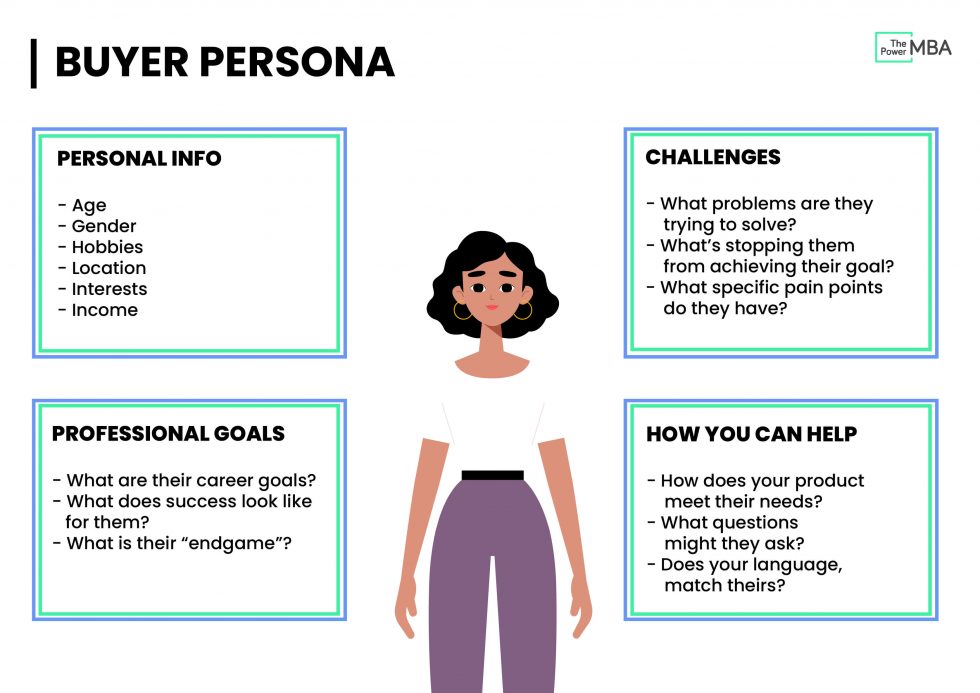The marketplace is hypercompetitive, and companies need to target smaller elements instead of dreaming big. For your brand to go big, nailing down very certain segments of customers to retail a product or service can make a big difference.
The more you know your customers, the better your business will be. It’s business 101.

You target a smaller segment of your customer base through micromarketing, which can be a game-changing strategy for your business. This marketing strategy is specifically designed to address very niche customers within your target market.
Let’s dive into micromarketing; we’ll explore examples to inspire your first micro marketing campaign.
What is Micro Marketing?
Micromarketing is a type of marketing targeting a small segment of your customers. These volatile customers share specific traits as their location, age, interests, user behavior or line of work. In layman’s language,
Micromarketing targets certain individuals as opposed to general groups.

When a marketing agency advertises its product or service towards SMBs, the marketing services also appeal to small retail stores. Therefore, you will create a micromarketing strategy that targets retail store owners with less than a specified number of employees.
Why Should Businesses Use Micromarketing?
Companies, both large and small, use Micromarketing. For example, it can be a great way for a large business to introduce new products or services to help SMBs gain momentum in the market through local advertising efforts.
The primary reasons brands use micromarketing are to locate a specific market segment of the population to sell their product or service. It’s even more specific than distributed marketing in that sense. Suppose a brand can match the requirements of a specific audience with the right product or service, the probability of increasing the ROI when they expand wide. Many businesses do this to test new offerings as well as advertising ideas.
With a giant corporation like Coca-Cola, a specific segment within the target segment consumes products like Diet Coke with additional caffeine and a toasted vanilla flavor. Therefore, Coca-Cola opted for a micro marketing plan to understand a flavor of choice for many customers.

A chief benefit is how you can acutely target customers. For example, you understand how an individual customer is based on various factors(age or occupation). With this data, you get a better understanding of their overall needs.
Another advantage of micro marketing is a cost-effective rise in your ROI than a sprawling countryside mass marketing campaign; since you’re targeting fewer people, you spend less time connecting with them.
How to Create an Effective Micro Marketing Strategy?
There are different types of micro-marketing strategies you can implement for your brand, but micromarketing strategies are predicated on these important steps:
Build Buyer’s Persona
Buyer personas are the most important piece of any successful micro marketing strategy. Without them, you’ll lack an intimate understanding of the customer base; to create a well-rounded buyer persona; you need to consider quantitative and qualitative elements.

You should extract KPIs from different data repositories for quantitative elements to provide insights into demographics, age, gender, location, and interests. In addition, you want to pull this quantitative data to understand from a high level how your current customers engage with your website and content.
If you’re interviewing customers, you’ll want to talk to a minimum of 10 to get a fair scope. Since you’ve already pulled the quantitative data points, it can help guide more in-depth questions such as where they shop, what makes them trust a brand and what makes them feel confident trusting your brand.
Finding the Best Way to Reach Them
Now that you understand who you’re marketing to, it’s time to configure how you’re doing it. For example, a 22-year-old college student may spend a lot of their time on Instagram, while a 58-year old parent may be on Facebook most of the time. Again, demographic data can help you configure what platforms work best for certain people.

It’s ultimately up to you to determine the best way to reach your target audience. With that in mind, here’s how you can connect with them online seamlessly:
- Online ads(Google, Facebook)
- Social Media (Facebook, Twitter, Instagram)
- Podcasts (Spotify, Amazon music)
- Video streaming service (YouTube)
Messaging
Finding the right platforms to connect with your target audience is one, but it won’t do much without the right messaging to convert them. It’s best to conduct interviews and write down key phrases that mention why they choose your company.

These messages can emotionally trigger buyers to purchase, so use them in your marketing efforts to resonate with your target audience.
Testing
Since you’re using micromarketing to check what resonates with a niche audience, messaging will give you insights on how to convert the best. For instance, when you create a PPC ad campaign, you’ll want to develop ads and then A/B test different messages choosing the one with a greater conversion rate.

Once you have these building blocks in place, it’s time to implement your micro-marketing campaign to get the best results.
Some Notable Examples of Successful Marketing Campaigns
HubSpot
In 2008, Hubspot co-founder and CEO Brian Halligan coined “inbound marketing“. Since then, inbound marketing has become a marketing staple used by millions worldwide. Since then, Hubspot has created an inbound marketing niche, books, and an academy built around the concept.

This HubSpot’s strategy was implemented to develop a new inbound marketing concept to target SMBs that couldn’t afford to build expensive advertising and marketing campaigns.
Uber
One of the best examples of a company that developed highly targeted micro marketing campaigns to target specific customer needs is none other than Uber. Earlier, Uber used to be an app-based black car limo service that only served in San Francisco to resolve the city’s taxi problems.

Words about this new service spread across San Francisco quickly, and soon other states were clamoring for it as well. As Uber targeted different states, they created localized micro marketing campaigns to cater to those markets. This included social media data to identify specific transportation issues in cities and states. Uber then framed strategies to local online ads with different promotions and referral benefits to entice people in these markets to use the app.
Shea Moisture
Shea Moisture is a hair care company that offers sulphate-free and silicone-free products to men and women with curly hair textures. Focused on this specific demographic, the company has ruled out straight-haired people using the products.

The product is supposed to give moisture protein and stimulate your curls. Despite many companies offering similar products, Shea Moisture is often considered the grandmother of the curly hair movement. As such, it’s typically the top company recommended by curly-haired people.
Red Bull
The popular energy drink has started life as a beverage, but after targeting the young, extreme sports crowd who are always in need of extra energy, it’s become a huge name in sports.

After collaborating with young, extreme sports enthusiasts, Red Bull marketed to them directly sponsoring the events they most likely attend, affiliating itself with everything from skateboarding to rock climbing.
Nike
Not every micromarketing strategy has to be an expensive one-off marketing campaign.

For example, when Nike started using plus-size mannequins in its stores, it did so to target customers that fit into this demographic, something competitors were not doing.
What Are Some Pitfalls of Micromarketing?
If you’re planning to jump the bandwagon of micromarketing, here are some of the major shortcomings that you should consider:
Time Taking
Developing micro marketing campaigns for a specific niche requires hefty data. While this may mean doing surveys, interviewing the target market, and even more, this is time-consuming and not a small undertaking. Small businesses may struggle to introduce micromarketing to their campaigns.
High Acquisition Cost
The budget for marketing to smaller demographics is lower. Still, because it’s typically a target market with fewer people in the industry, it can be more expensive to get initial customers.
Potential for Failure
Since this campaign focuses on smaller groups, the marketers could miss the mark. But, if it does, there’s no one for it to fall back on. Focusing so heavily on small groups and failing can be disastrous for the company.
Ending Thoughts?
Micromarketing might be an excellent compromise if you don’t have a big enough budget to target a wider group of customers or if your offering is more likely to appeal to a niche group, e.g. vegan clean beauty. For instance, rather than a ‘spray and pray approach, you target everyone and hope it falls on someone rather than striving towards universality.
